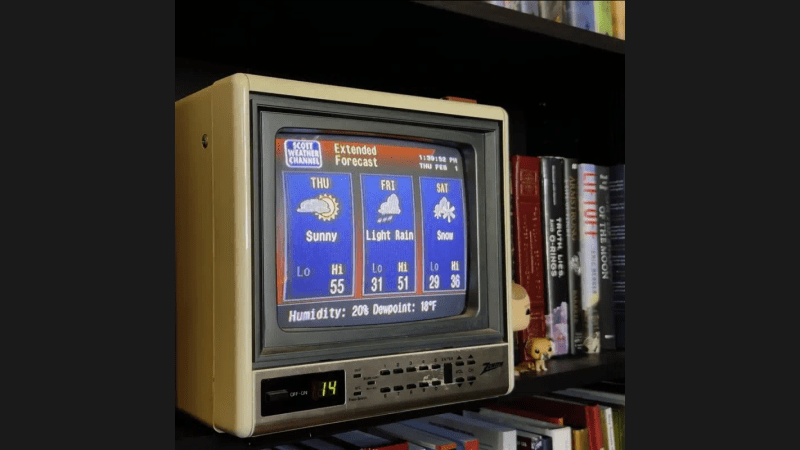Swiss watchmaker Zenith has created what many mechanical watch fanatics are calling the biggest improvement to mechanical watch accuracy since the invention of the balance spring in 1675. The Caliber ZO 342 is a new type of harmonic oscillator that runs at 15 Hz, which is almost four times the speed of most watches. The coolest part? It’s fabricated out of silicon using Deep Reactive Ion Etching (DRIE), and it single-handedly replaces about 30 components.
Before explaining how Zenith’s oscillator works and why this is such exciting news, it’s important to understand why the balance spring and balance wheel were …read more
 Continue reading Zenith’s New Watch Oscillator is Making Waves→
Continue reading Zenith’s New Watch Oscillator is Making Waves→

